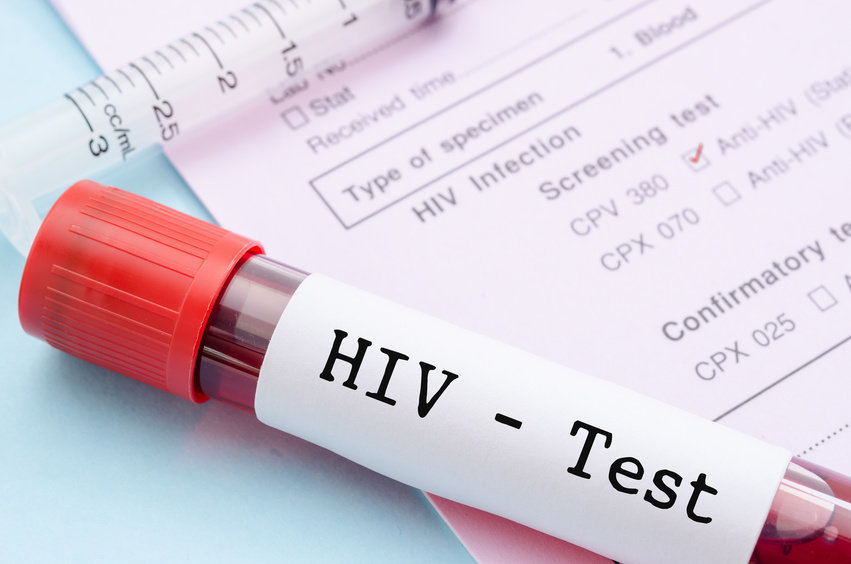
eBusiness Weekly

Dr Gerard Kadzirange Specialist Physician
In part one of this article we defined virologic failure as a virus load above 200 copies per millilitre of blood. This can occur after an initial suppression below 200 copies per millilitre of blood or in certain instances some patients fail to achieve this value right from the beginning.
Virologic failure is associated with a poor clinical outcome. Patients with virologic failure are likely to have a drop in their CD4 counts. They are, therefore, prone to opportunistic infections. They also are a risk in terms of transmitting resistant virus.
When a virus load is not readily available we can utilise tools such as a change of one’s clinical condition for the worse or a drop in one’s CD4 count.
This therefore, means that apart from laboratory monitoring, a meticulous record of the patient’s clinical condition at regular clinic visits is mandatory. This is may be the only tool available to detect treatment failure in resource poor settings.
The World Health Organisation has recommended that where possible the Virus Load should be used as the gold standard to define treatment failure.
Patients who have virologic failure are also likely to develop drug resistance.
Other patients with treatment failure may also have had primary drug resistance i.e. they were originally infected with a resistant strain of the virus in the first instance.
Both scenarios lead to a poor immune response as well as clinical failure.
Virologic failure in most instances is driven by poor adherence.
Evaluation of the patient who is failing and ART regimen:
We often start off by analysing the patient’s drug history. This is important for purposes of picking up suboptimal combinations as well as assisting on deciding further treatment options.
As an example we do not use single or dual drug therapy at all anymore as this is associated with treatment failure. Certain drug combinations such as those including the drug Abacavir may fail if one has a high virus load (above 100 000 copies per ml of blood)
It is crucial at this stage to assess drug adherence of the patient.
One can assess this by checking amongst other things on:
1. How regularly the patient has been visiting an ART treatment centre.
2. Checking on the pill counts done by the clinic staff as well as;
3. Pick up record of medicines from the clinic or pharmacy.
It is mandatory to check on other drugs prescribed or non-prescribed including alternative medicines that the patient may be taking.
This is in order to rule out potential drug-drug interactions.
As an example an antiulcer drug such as Omeprazole will reduce the levels of an Antiretroviral drug such as Atazanavir.
A commonly used anti-Tuberculous drug Rifampicin will reduce the levels of Nevirapine when given together. An anti-seizure medicine like Carbamazepine may also lower the level of Efavirenz.
There are certain ART regimens that may interact with certain foods.
It is therefore important to inquire if an individual has particular food preferences and cross-check them with the individual Antiretroviral drugs the patient is on.
This should be explored as well. Ideally drug resistance should be carried out whilst the patient is taking the current failing regimen.
The most commonly used method for assessing for drug resistance is the genotypic assay. This is not routinely available in resource poor settings.
In such instances an empirical and programmatic approach is used to determine the next regimen the patient should use.
Once it is determined that an ART regimen is failing it should be changed. What one uses will be determined by the way failure has been defined as well as drug options that are available.
There may be patients who are failing but do not have drug resistance. These are patients who are having poor adherence for various reasons. It therefore becomes imperative to explore reasons for the poor adherence in these individuals. This rule also applies to those who are failing but have resistance present.
Certain aspects of adherence that require further inquiry include:
Pill burden;
Drug related toxicity;
Drug-food interactions;
Co-morbid diseases such as psychiatric conditions.
For patients who have had resistance testing done and confirmed drug resistance an attempt is made to change the failed regimen to a new one.
The new regimen should try to exclude as much as possible drugs from the same group as the failed regimen.
As an example most patients start with an initial regimen that comprises of drugs called non-nucleoside reverse transcriptase inhibitors and nucleoside reverse transcriptase inhibitors. A new regimen would now include a new drug group such as one from protease inhibitors and may continue in combination with some of the still active drugs from the old groups. As alluded to above, in resource poor settings such an approach may not always be feasible and an empirical approach based on research may be applied to generalize what can be used for this population.
When a patient goes on to the new regimen after the failed one the expected goals of therapy may be different from the first regimen.
It is often said that the best ART regimen one can be on is the first one. This is in terms of simplicity, cost, pill burden as well as effectiveness.
Beyond the first line regime and particularly in patients who have failed more than one regimen it may not be feasible to achieve a robust virologic suppression. This may translate to a mediocre immune and clinical response.
This may also occur when treatment change is instituted without a resistance testing.
References:
Guidelines for ART: Ministry of Health Zimbabwe.
Up to date;
AIDS Info;
NAC of Zimbabwe;
South African HIV Society.



